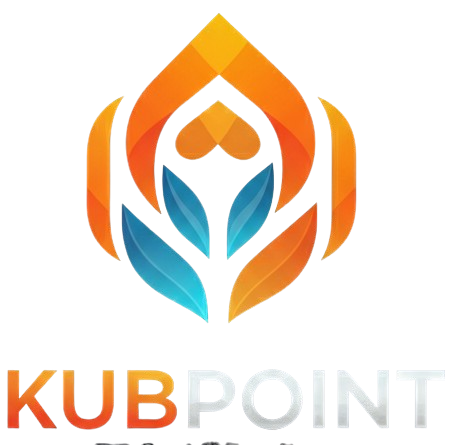Unlimited access to Docker Hardened Images: Because security should be affordable, always Every organization we speak with shares the same goal: to deliver software that is secure and free of CVEs. Near-zero CVEs is the ideal state. But achieving that ideal is harder than it sounds, because paradoxes exist at every step. Developers patch quickly, yet new CVEs appear faster than fixes can ship. Organizations standardize on…
Author: drweb
Architect and build advanced Filament PHP admin panels, custom resources, and widgets. Develop Laravel 11 applications with clean, testable, and reusable code. Build interactive UI components using Livewire, Alpine.js, and Inertia.js. Implement complex eCommerce features — carts, checkout, payments, product variants, discounts, and fulfillment integrations. Write and maintain automated tests using Pest PHP to ensure code quality. Integrate with third-party APIs such as payment gateways, shipping systems, and CRMs. Optimize for performance, caching, and database efficiency. Contribute to architectural decisions for scalability and maintainability across multiple projects. Collaborate closely with designers, product managers, and other developers in agile sprints. Perform…
Observability promised insight but delivered alert fatigue. Learn how SREs are redefining observability to empower developers and restore real engineering value.
“But I don’t want to go among mad people,” Alice remarked.”Oh, you can’t help that,” said the Cat: “we’re all mad here. I’m mad. You’re mad.””How do you know I’m mad?” said Alice.”You must be,” said the Cat, “or you wouldn’t have come here.”― Lewis Carroll, Alice in Wonderland(2025-Oct-13) Recently, when I attended one of the IT conferences, there was a session where a presenter brought up the topic of ad-hoc data requests. The entire conference, and this particular session, was filled with AI narratives and promises of quick paths to data results driven by simple conversational queries. The presenter mentioned…
I saw some good reviews of the small gemma3 model in a few places and wanted to try it locally. ThisIf you want to get started, read my post on setting up a Local LLM. This post gives an alternative to connecting to the container from the CLI and running a command.This is part of a series of experiments with AI systems. Adding a ModelUsing the Ollama-WebUI server, it’s easy to add models. I wrote about setting up the UI and I’m running that as my interface to the local model. I created a new container for this post, so…
Job RequirementsYou’re an experienced developer with excellent programming skills and a deep understanding of modern software architecture.You’re fluent in PHP/Laravel, comfortable with Vue.js or similar frontend frameworks, and at ease working in cloud-native, serverless environments — particularly AWS.You have a strong grasp of asynchronous processing, queues, and caching mechanisms such as Redis, and you build systems with security and performance in mind.You’re confident managing servers and environments — not because you’re a DevOps engineer, but because you know how everything fits together.Most importantly, you’re a clear communicator, a collaborative teammate, and someone who takes ownership of what you build.Why Join…
Learn how NLP automates technical documentation, boosts developer productivity, and drives scalable, domain-specific knowledge through smart integration and fine-tuning.
Transient failures happen — in the cloud (Azure SQL) and on-prem. A resilient connection strategy lets your app recover gracefully instead of crashing: it waits smartly, retries safely, and doesn’t pound the database when it’s truly unavailable. Why care?Less downtime during patching/scaling/failoversSmoother UX — fewer “please try again” moments for usersOperational robustness against brief network glitches and load spikesFewer cascading errors — keep transactions consistent and data cleanTransient vs. persistent errorsTransient errors (good candidates for retry):Brief network interruptions“Server busy”/throttlingDeadlocks or timeouts due to temporary loadFailovers during maintenance/patchingPersistent errors (should fail fast):The point: classify the error, then do the right thing. Retries…
In Linux and other Unix-like operating systems, the init (initialization) process is the first process executed by the kernel at boot time, which has a process ID (PID) of 1, and is executed in the background until the system is shut down. The init process starts all other Linux processes, that is, daemons, services, and other background processes; therefore, it is the mother of all other processes on the system. A process can start many other child processes on the system, but if a parent process dies, init becomes the parent of the orphan process. Over the years, many init…
A new study from the University of Sydney, UESTC, and Google introduces efficient end-to-end encryption for Git services like GitHub and GitLab. Learn how this breakthrough could secure your code repositories without slowing development.
